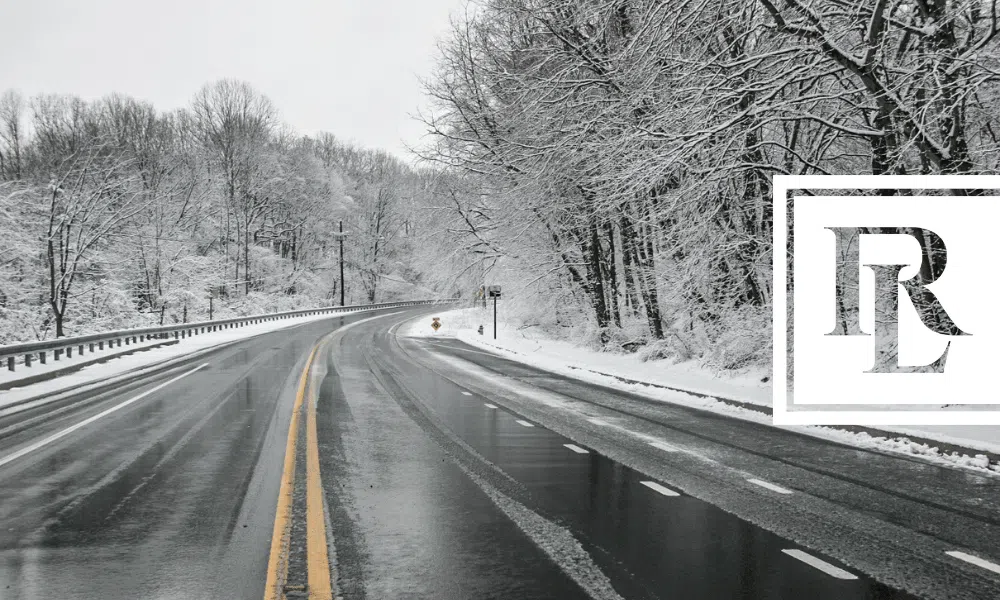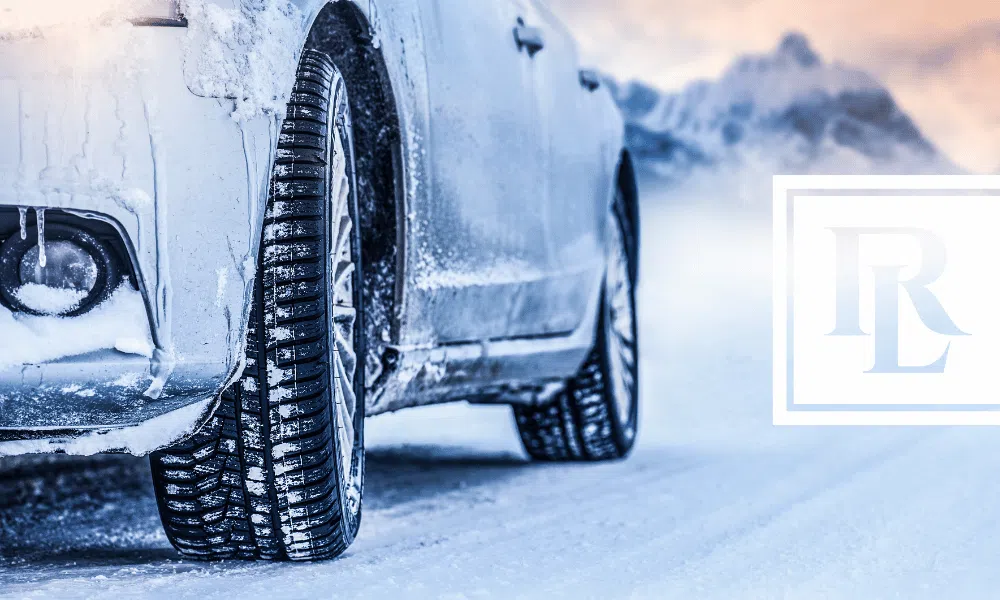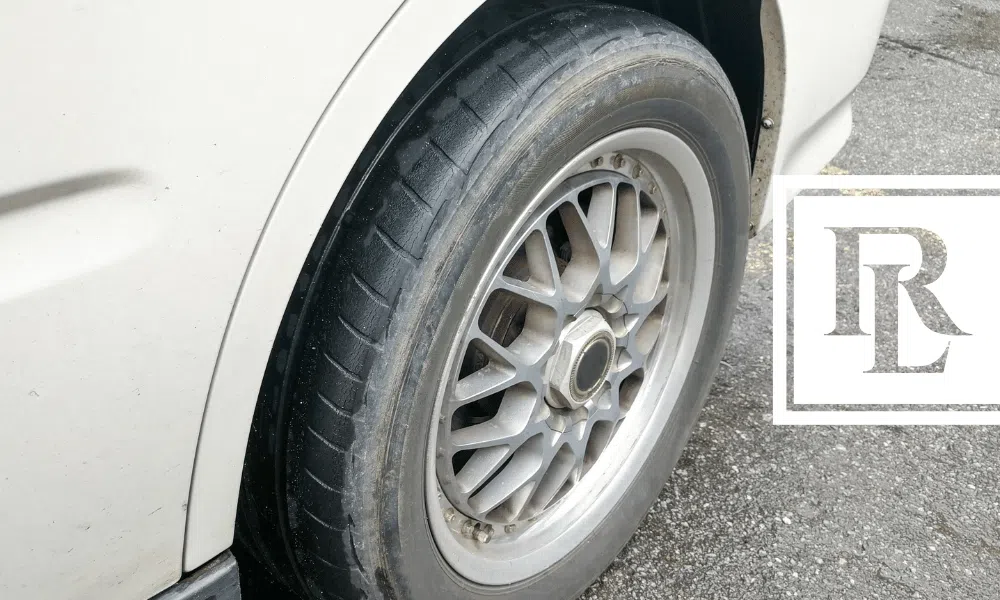Black ice can be incredibly dangerous. When it rains or snows, a thin layer of ice can cover the ground. This ice is transparent and takes on the color of the object it is covering. This makes it especially dangerous because of how difficult it is to see. Drivers must be aware of black ice and be especially careful during the winter months to avoid causing accidents from slipping on black ice.
Common Causes of Black Ice Collisions
When a black ice car accident occurs, it is usually because the driver was doing one or more of the following:
- Driving too fast
- Following another vehicle too closely
- Trying to pass another vehicle when it is not safe to do so
- Driving impaired
- Driving distracted
- Braking suddenly
How to Avoid Black Ice Collisions
Black ice collisions can be avoided if one takes the proper precautions. The following are just a few of the things you can do to help avoid car accidents caused by black ice:
- Stay home when there are bad weather conditions
- Prepare your vehicle for winter driving
- Optimize visibility
- Stay alert
- Drive slowly
- Create space between you and other vehicles
Who Is Liable?
Car accidents involving black ice are treated similarly to car accidents caused by any other reason. When you file a claim with your insurance company, they will determine who is at fault based on how each person was driving, without giving much consideration to the black ice. The reason for this is, it is ultimately the responsibility of the driver to maintain control of their vehicle, even when the weather is not ideal. Drivers can sometimes opt to stay home when the weather creates dangerous road conditions, and if they do choose to drive, they should be taking the proper precautions to ensure a safe experience for everyone on the road. Therefore, regardless of whether black ice was involved in a car accident, more often than not, insurance adjusters will place the blame on the drivers, not the ice.
If you have been in a car accident at the fault of another driver, contact Rob Levine & Associates today for a free consultation. Let one of our experienced personal injury attorneys help you get the compensation you deserve. Remember, there are no fees unless you win your case!






